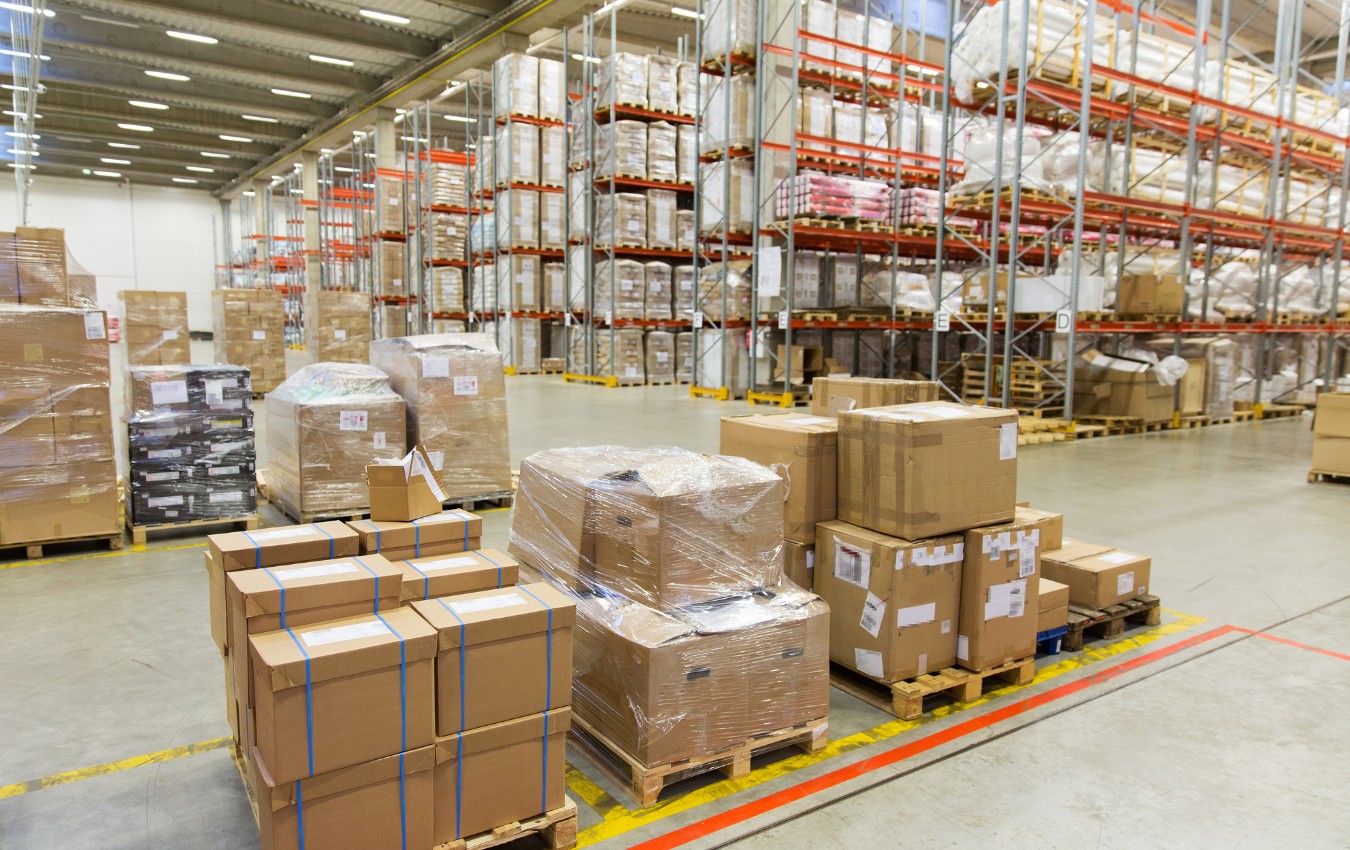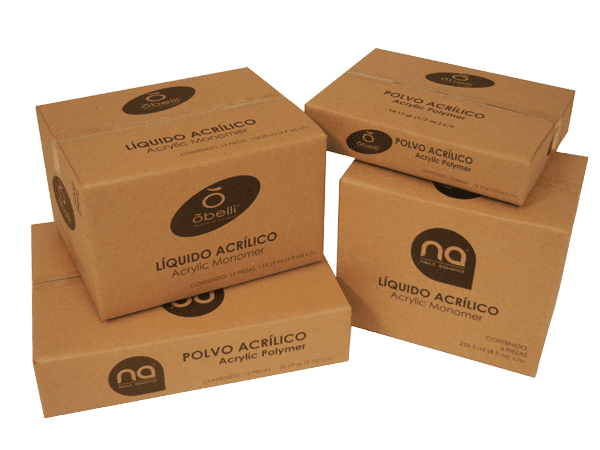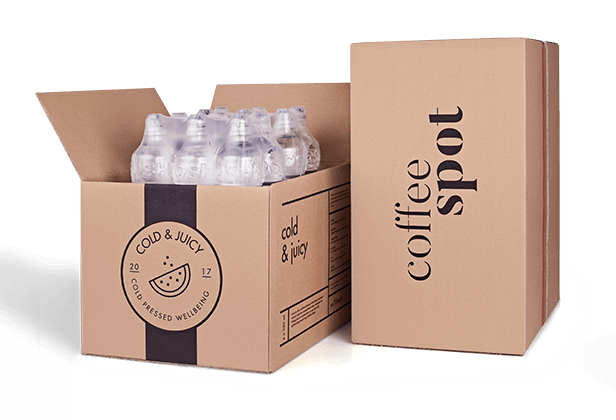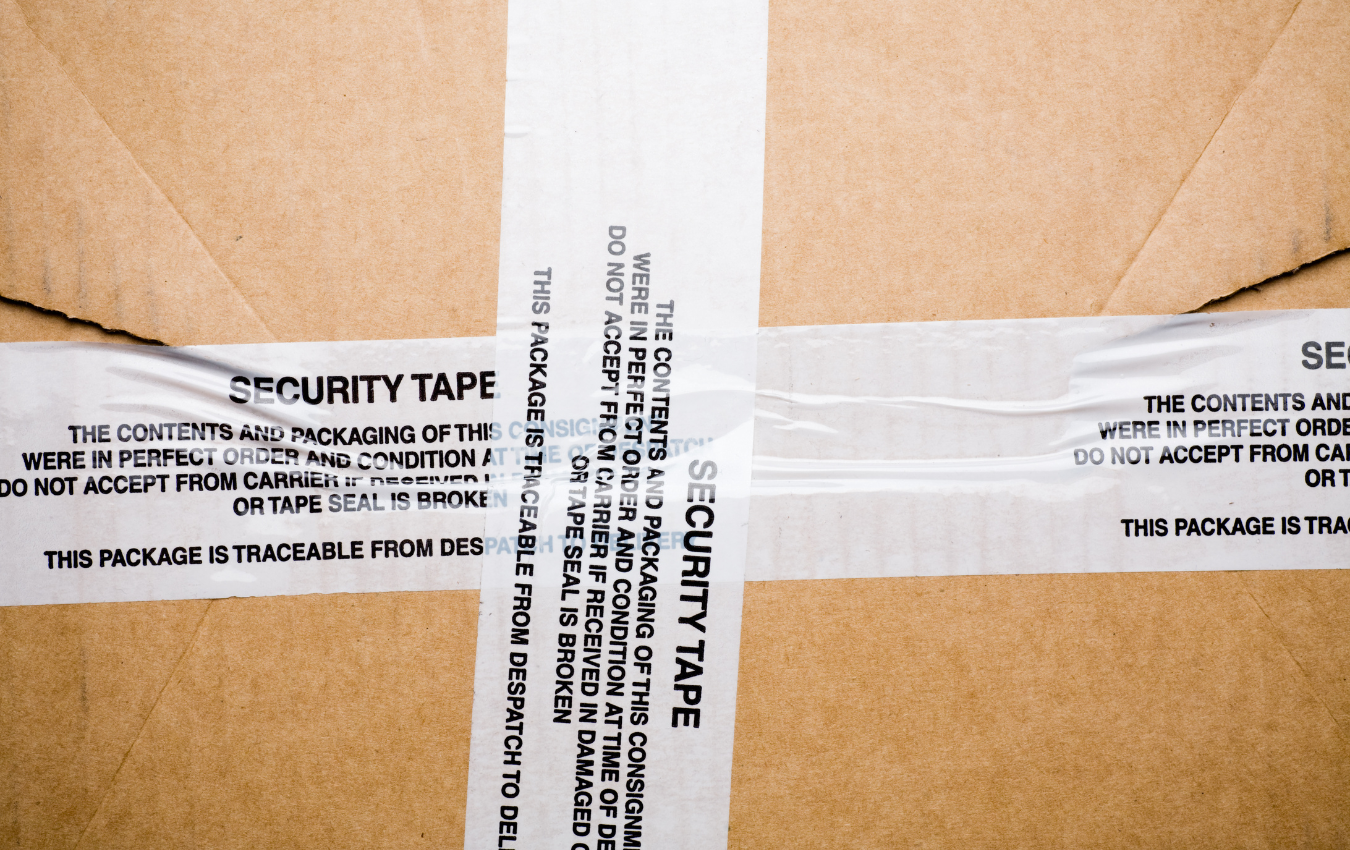Home » Balancing Storage and Packaging: Optimizing Space and Efficiency
Balancing Storage and Packaging: Optimizing Space and Efficiency

In the realm of product management, the relationship between packaging and storage is often overlooked, yet it is a critical aspect of operational efficiency and cost-effectiveness. Striking the right balance between these two can significantly impact a business’s bottom line. This blog post explores strategies for balancing storage needs with effective packaging, ensuring that your business maximizes space without compromising on packaging quality.
Understanding the Importance of Balance
The challenge lies in optimizing packaging to protect and enhance the product while also considering how it fits into storage facilities. Overly bulky packaging can consume excessive storage space, leading to higher costs, whereas insufficient packaging can lead to product damage.
Assessing Your Current Packaging and Storage Situation
Begin by evaluating your current packaging designs and storage setup:
- Analyze Packaging Size and Design: Determine if your current packaging is space-efficient and if not, identify areas for improvement.
- Storage Utilization Review: Assess how effectively you are using your existing storage space. Are there gaps or overcrowded areas?
Optimizing Packaging for Storage Efficiency
- Design for Space Efficiency: Consider redesigning packaging to fit more compactly into storage spaces. Utilize designs that are stackable and easy to handle.

- Material Considerations: Explore materials that provide adequate protection but are also more flexible or compressible for storage.
- Modular Packaging: Implement packaging that can be easily adjusted or reconfigured to accommodate different storage spaces or product sizes.
Incorporating Smart Storage Solutions
- Vertical Storage Strategies: Utilize vertical space effectively, especially if floor space is limited. Shelving and stacking systems can maximize vertical storage.
- Just-in-Time Inventory: Implement just-in-time (JIT) inventory practices to reduce the need for large storage spaces.
- Automated Storage Systems: Consider investing in automated storage solutions that can optimize space utilization and improve retrieval efficiency.
Balancing Safety with Space Optimization
- Safety Considerations: Ensure that in your pursuit of space optimization, the safety and integrity of the products are not compromised.
- Emergency Stock Storage: Keep a emergency stock to manage fluctuations in demand without overburdening your storage with excess packaging materials.
Evaluating Packaging and Storage Costs
- Cost-Benefit Analysis: Regularly conduct a cost-benefit analysis of your packaging and storage. This includes assessing the costs of potential packaging redesigns versus the savings in storage space and handling.
- Long-term Savings: Consider the long-term savings that can be achieved through more efficient packaging and storage solutions, even if they require upfront investment.
Environmental Considerations
- Sustainability in Packaging and Storage: Adopt sustainable practices in both packaging and storage. This can include using recyclable materials and implementing energy-efficient storage systems.
- Reducing Waste: Efficient packaging and storage can significantly reduce waste, contributing to a more environmentally friendly operation.

Leveraging Technology for Better Coordination
- Inventory Management Software: Use technology to better coordinate between packaging and storage. Inventory management systems can provide real-time data to optimize both.
- Collaboration Tools: Use collaborative tools to ensure seamless communication between packaging designers, warehouse managers, and logistics teams.
If you are looking to maximize your packaging efficiency while balancing your storage space, then partner with Brown Packaging today to get started.
RSC boxes are known for their efficiency and versatility, but their performance ultimately comes down to strength. Buyers often see numbers like ECT, BCT, and
In packaging, foam isn’t just about initial protection — it’s about maintaining performance over the entire shipping or storage cycle. Compression set and recovery characteristics
Pouches are a go-to for flexibility and convenience, but they can fail in critical ways—from poor seals to punctures and delamination—that hurt performance and brand
In the retail environment, the placement of Point of Purchase (POP) displays is just as critical as their design and content. Strategic positioning can significantly
Choosing the right foam density isn’t about “soft” versus “hard” — it’s about controlling shock transmission and matching the foam’s cushioning curve to the product’s
Moisture resistance and dimensional stability are critical performance factors for custom inserts, especially when products are shipped or stored in variable climates. Both foam and
Home » Balancing Storage and Packaging: Optimizing Space and Efficiency

When it comes to delivering the beloved and delicious treat that is pizza, the packaging plays a crucial role. The right pizza box not only

Tampering and theft are significant concerns for manufacturers and consumers alike. Tampered products can pose health and safety risks, while theft results in financial losses.

When browsing a retail store many of us have probably noticed that most products are packaged in a box, whether they are on the shelf


